Yaesu Musen FRG-7 "Frog Seven"
Communications Receiver -
Japan1977 to 1980
Thank
You, E-bay. I found in the year 2009 what I could not afford in the 1970's.
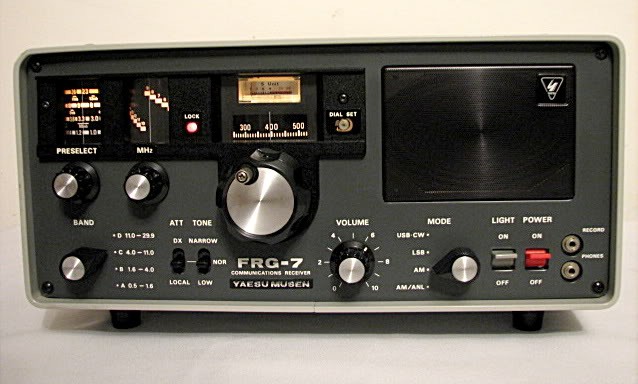



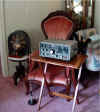
Took the tag off this unit myself, in 2009. I saved $100 over the 1977 list
price. I used 2009 inflated dollars for the purchase.
The radio has been in storage for 30-plus years, untouched.
A grandfather got this radio for a grandson who took no interest in listening.
It was put away (a gift) by his parents until he moved out after college to get
married. His father then listed the unit on E-bay.
The radio powered up just fine, looked and felt great. The bulbs are as
unused as the radio.
For those of you not familiar, the FRG-7 is a shortwave
receiver using circuitry developed by Dr. Trevor Wadley.
The receiver is very stable requiring little to no retuning typical of previous communication
receivers of the day.
I have tuned a station, gone on vacation for two weeks only to return and power
up the radio and be locked on frequency.
http://www.qsl.net/vk3jeg/b_wadley.html
The FRG-7 is still considered one of the
finest receivers made and rates highly among collectors. Today you can purchase
a similarly priced contemporary receiver made out of plastic with more bells an
whistles, but based on the prevailing
technology of the day, this receiver was amazing. This radio was analog,
not digital like radios today. Check out the reviews.
http://www.dxing.com/rx/frg7.htm
http://www.eham.net/reviews/detail/979
User Manual
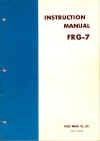
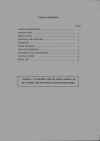
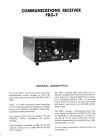
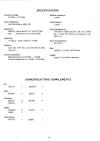
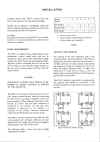
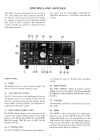
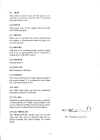
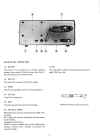
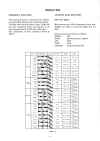
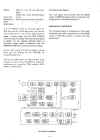

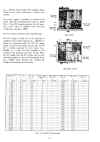

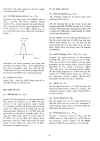
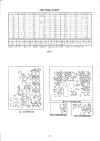

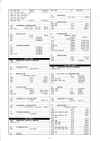
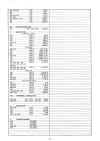









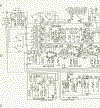
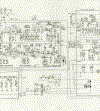
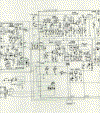
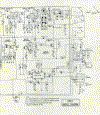
Units were sold in
Europe
under the Sommerkamp label. Sears also carried this
radio under in own name
brand Sears, and came in black case, otherwise the same radio. The FRG-7
is completely solid-state.
Using the famous Wadley Loop
circuit to stabilize the frequency, a coarse tuning knob selects
one of thirty 1-MHz-wide bands and a single 1 MHz crystal provides the necessary
spectrum of harmonics
to lock the receiver. Fine tuning within the band is achieved by a standard
Local Oscillator with
a drum dial calibrated every 10 kHz. Unfortunately the tuning scale is not
linear and not very accurate,
so deviations of 5-10 kHz are present except at the endpoints, which can be
calibrated
using the 1 MHz harmonics. As in all Wadely Loop receivers the design is
triple-conversion, with
the last IF at 455 kHz.
The FRG-7 circuits is straightforward but uses fairly advanced components, with
various
MOSFETs and FETs in critical areas. An IC balanced mixer is used in the loop
circuit.
A tunable preselector (four bands) allows to peak the receiver and helps in
rejecting interference.
Overloading can be reduced by a manual attenuator on the antenna input. There is
a product
detector for CW/SSB. The receiver is extremely stable, has good overload
characteristics
and delivers a pleasant audio. The selectivity is broad at 6 kHz.
The FRG-7 outperformed all the similar solid-state Wadley Loop receivers of the
epoch, namely
the Drake SSR-1, the Realistic DX-300, the Standard C-6500 and the Barlow Wadley
XCR-30.
The FRG-7 was replaced in 1980 by the FRG-7000 which had a digital frequency
readout.
































